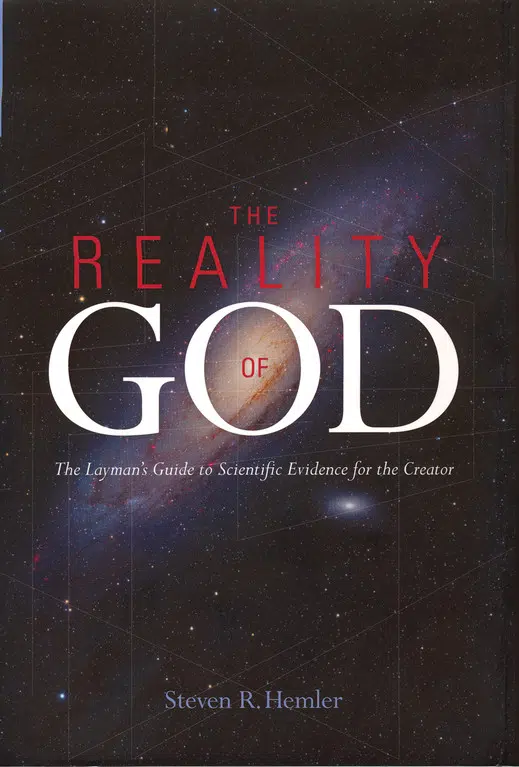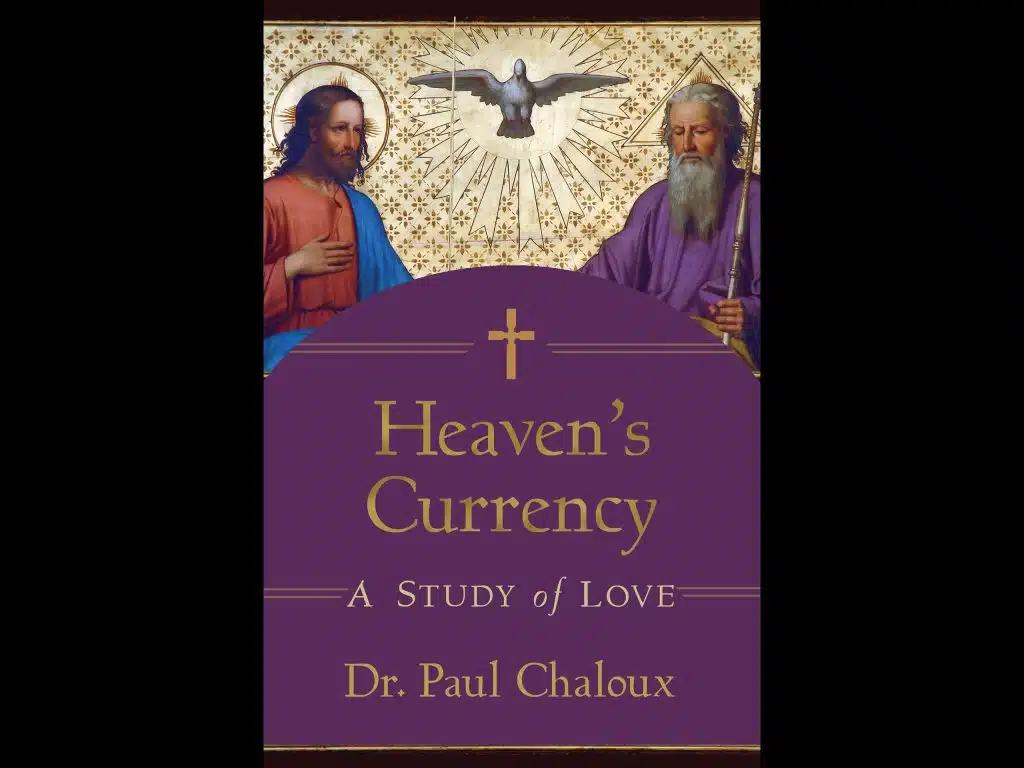It’s definitely not a light-hearted, take-to-the-beach romance book. The cover is eerie, showing the darkness of space, save for the light at the center of a spiral galaxy. But The Reality of God: The Layman’s Guide to Scientific Evidence for the Creator by Steven R. Hemler (Saint Benedict Press, 2014) is a worthwhile read for any believer who couldn’t find the right responses when confronted by agnostics – or even for cradle Catholics who could use a scientific boost to long-held beliefs.
President of CAINA, the Catholic Apologetics Institute of North America, Hemler bypasses traditional Sunday school rationale in favor of hard-hitting, scientific reasoning. He explains: “While we may have subjective reasons for belief in God, in this book we are primarily concerned with objective evidence of God’s existence.” Hemler divides his book into three parts, offering three sets of evidence for God’s existence: cosmic, biological and human nature.
In Part One, Hemler uses the “Big Bang Theory” to springboard into a discussion of the physics, astromomy and mathematics that point to God’s existence. If one agrees that the universe is expanding, he argues, it must have had a beginning, caused by an “intelligent Mind.” Hemler marvels at the “orderly, predictable, intelligible” laws of physics and the “constants of nature” found in mathematical equations, all of which “have precisely the values needed for the universe to be capable of producing and supporting life.”
Biological evidence of God’s existence is discussed in Part Two, beginning with a discussion of how creation theory and evolution theory can coexist: “Religion helps us understand why things are the way they are. Science helps us understand how they got that way.”
God is the primary cause of the universe who set in motion laws of nature through which He continues to create. The complex makeup of DNA in cells is one example of God’s existence; the sequencing of proteins, coming together in exactly the right order to create different life forms, must have had an “intelligent cause” – God.
In the last section, Hemler points to human thought and reason as traits that could not have evolved randomly. Unlike all other creatures, man has an enhanced consciousness that leads him to seek perfect truth; such desire is not necessary for basic survival but must have been made part of human nature by a Higher Cause. Hemler points to philosophical arguments made by physicist Blaise Pascal and St. Thomas Aquinas’ as strong bases for accepting God’s existence.
While not a sit-down-and-read-cover-to-cover work, The Reality of God is presented in a format that allows the reader to absorb and understand the arguments, one at a time. In addition to citing secular sources, the book draws from the bedrock of Catholicism, such as The Catechism of the Catholic Church and the writings of Popes John Paul II and Benedict XVI. Each part of the book includes a concluding wrap-up with open-ended questions for personal reflection or discussion.
Readers who doubt the existence of God may experience a number of “aha” moments when everything seems to (finally) make sense. Catholics may experience the same thing – or may finish the book with the quiet reassurance of truths already known.
Get the book
Go to saintbenedictpress.com.



